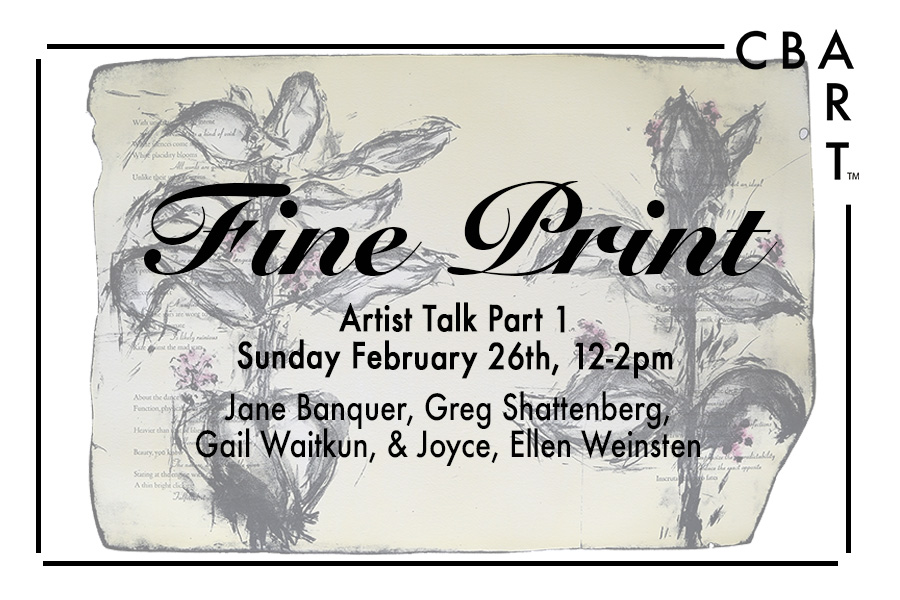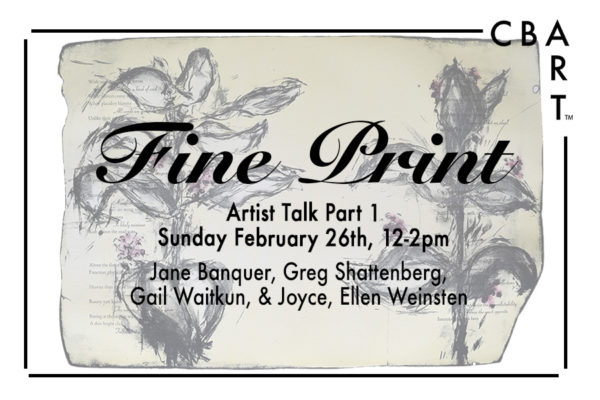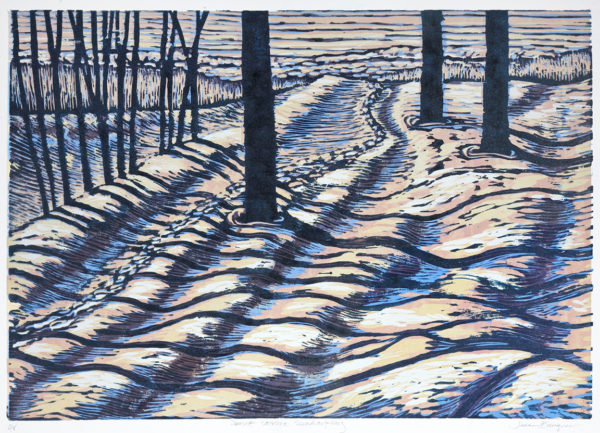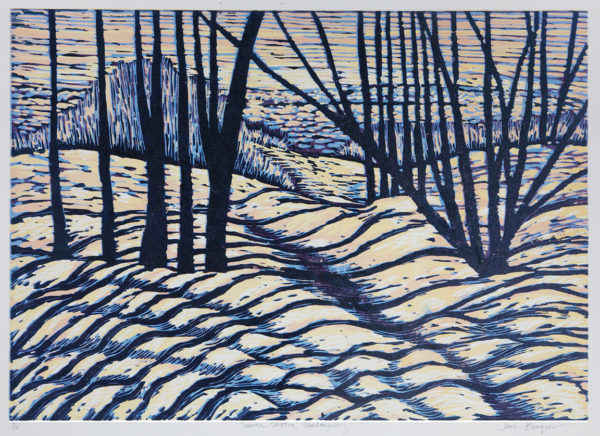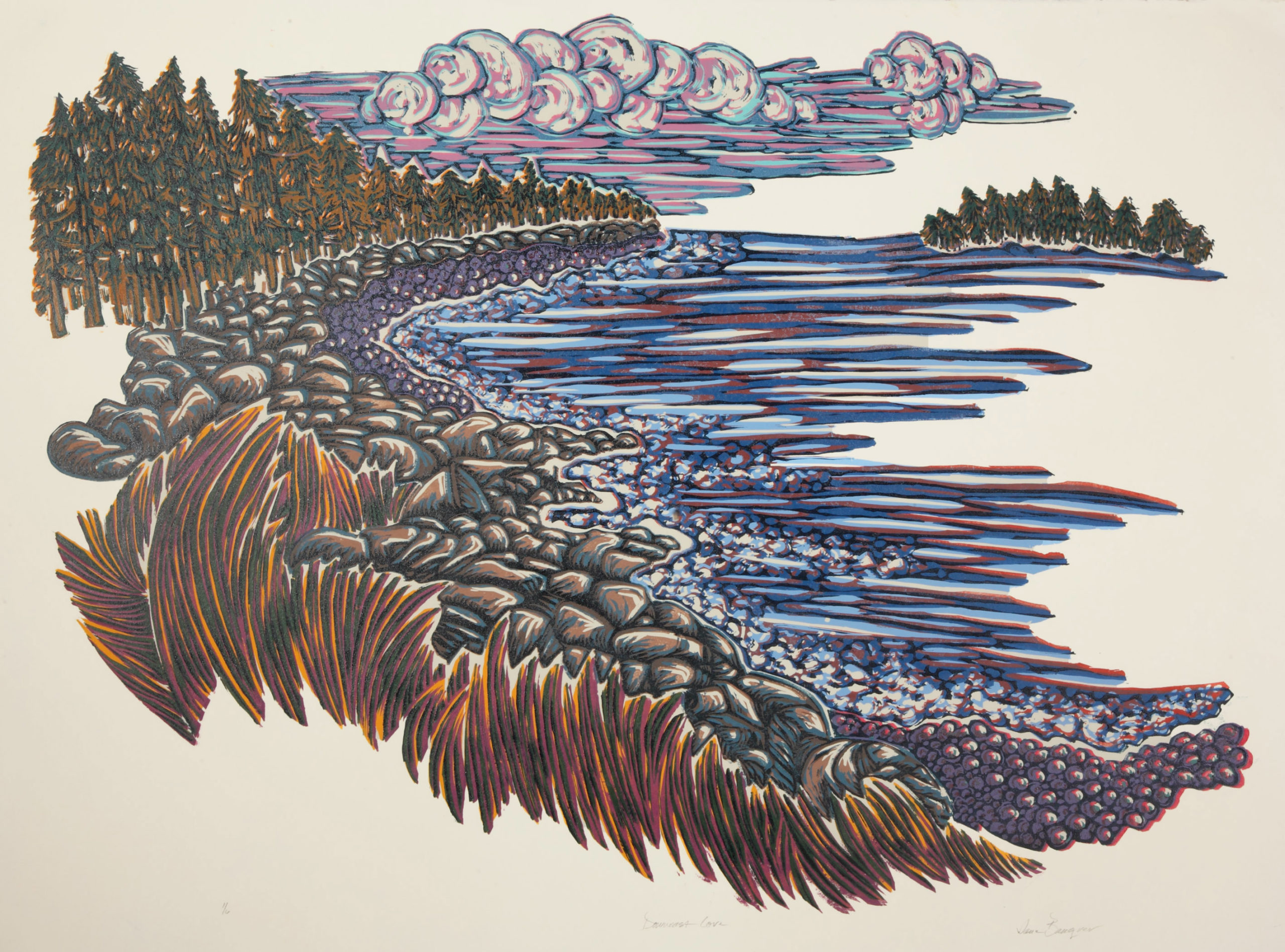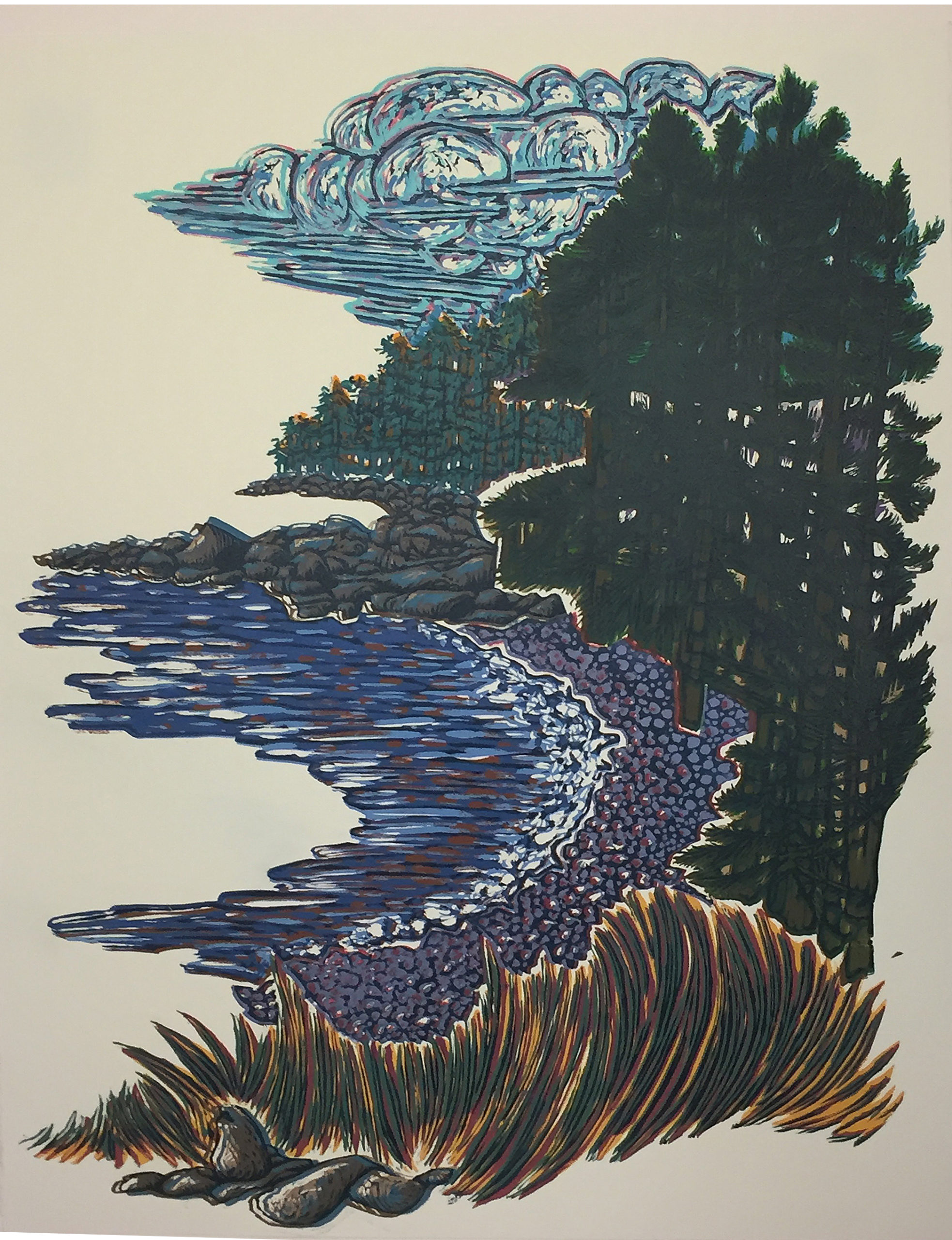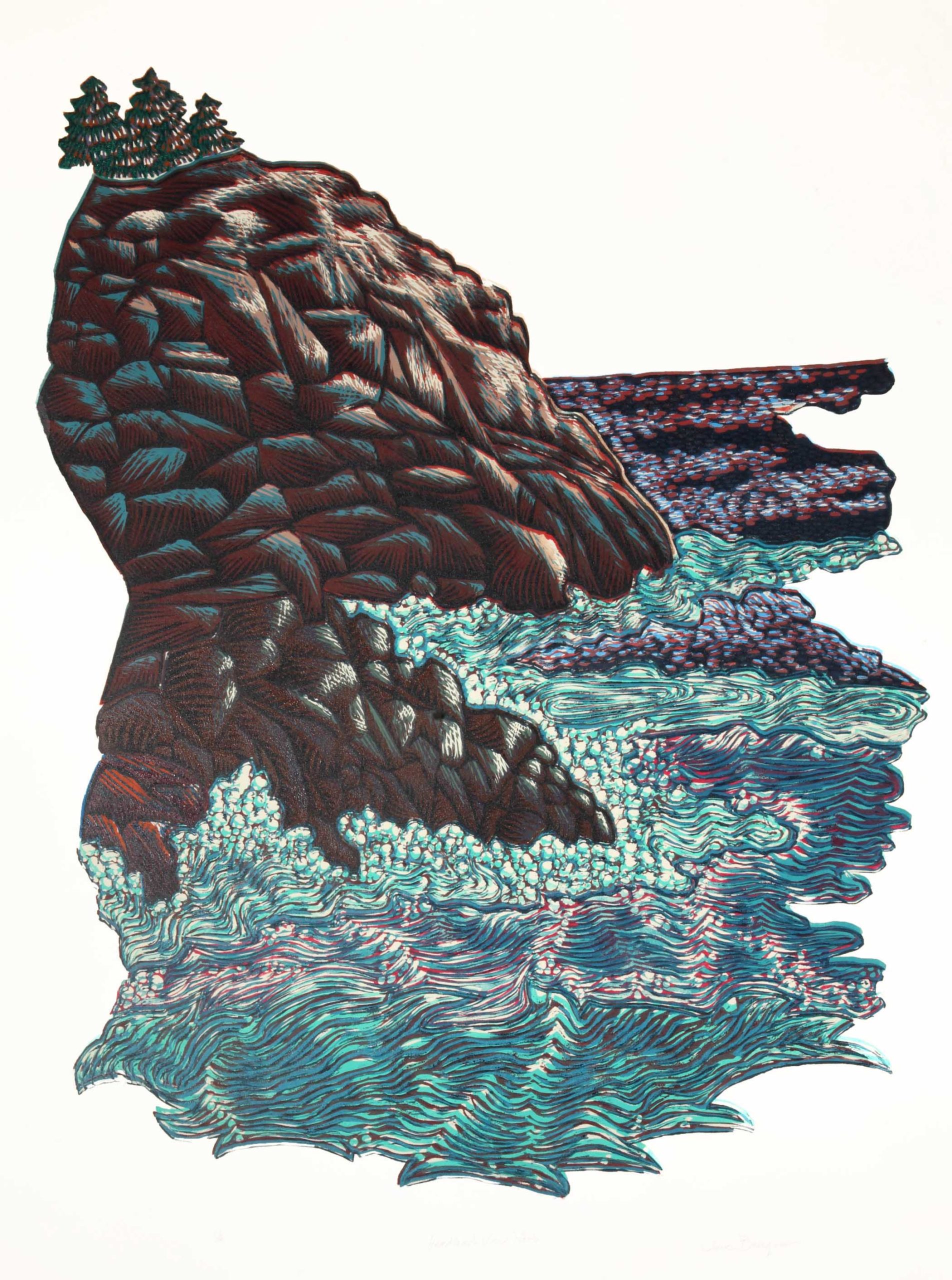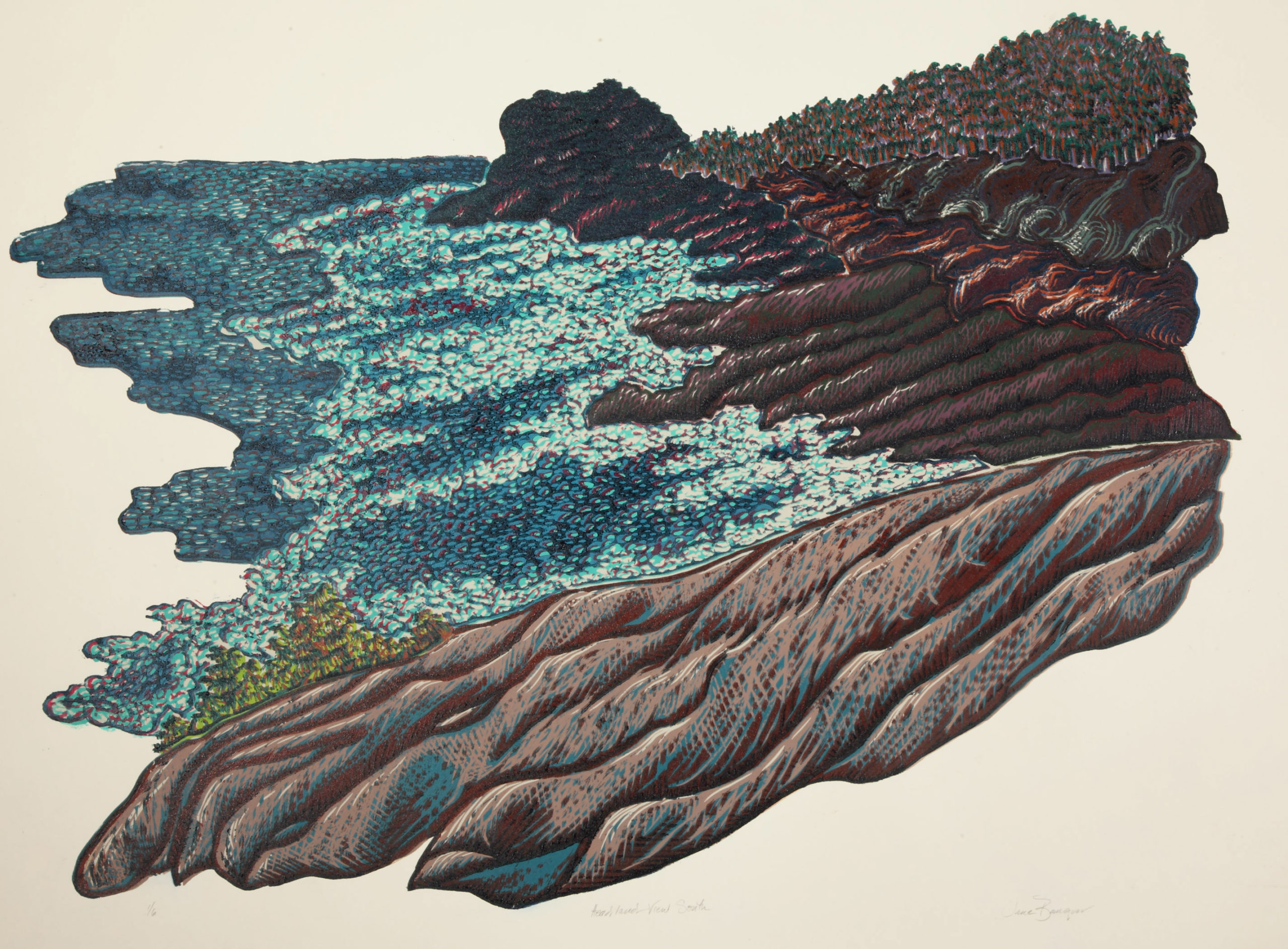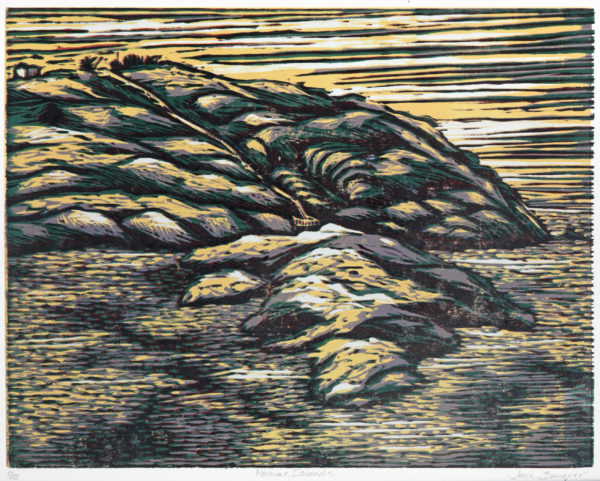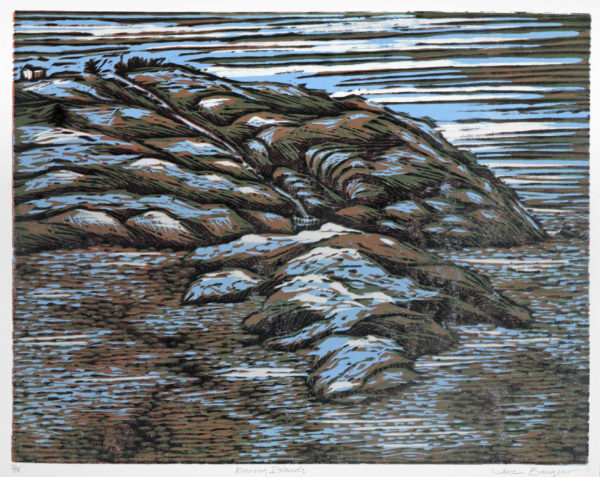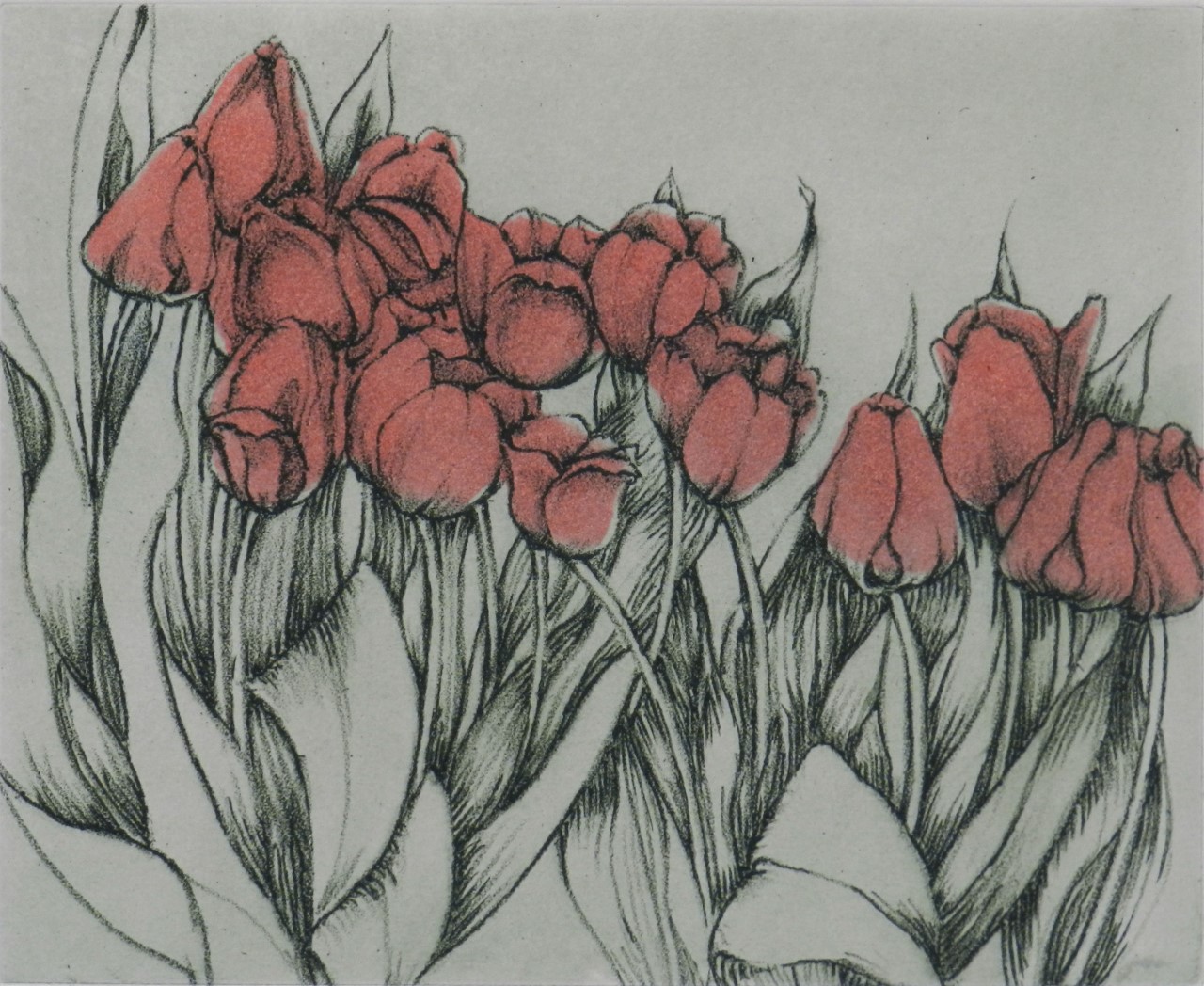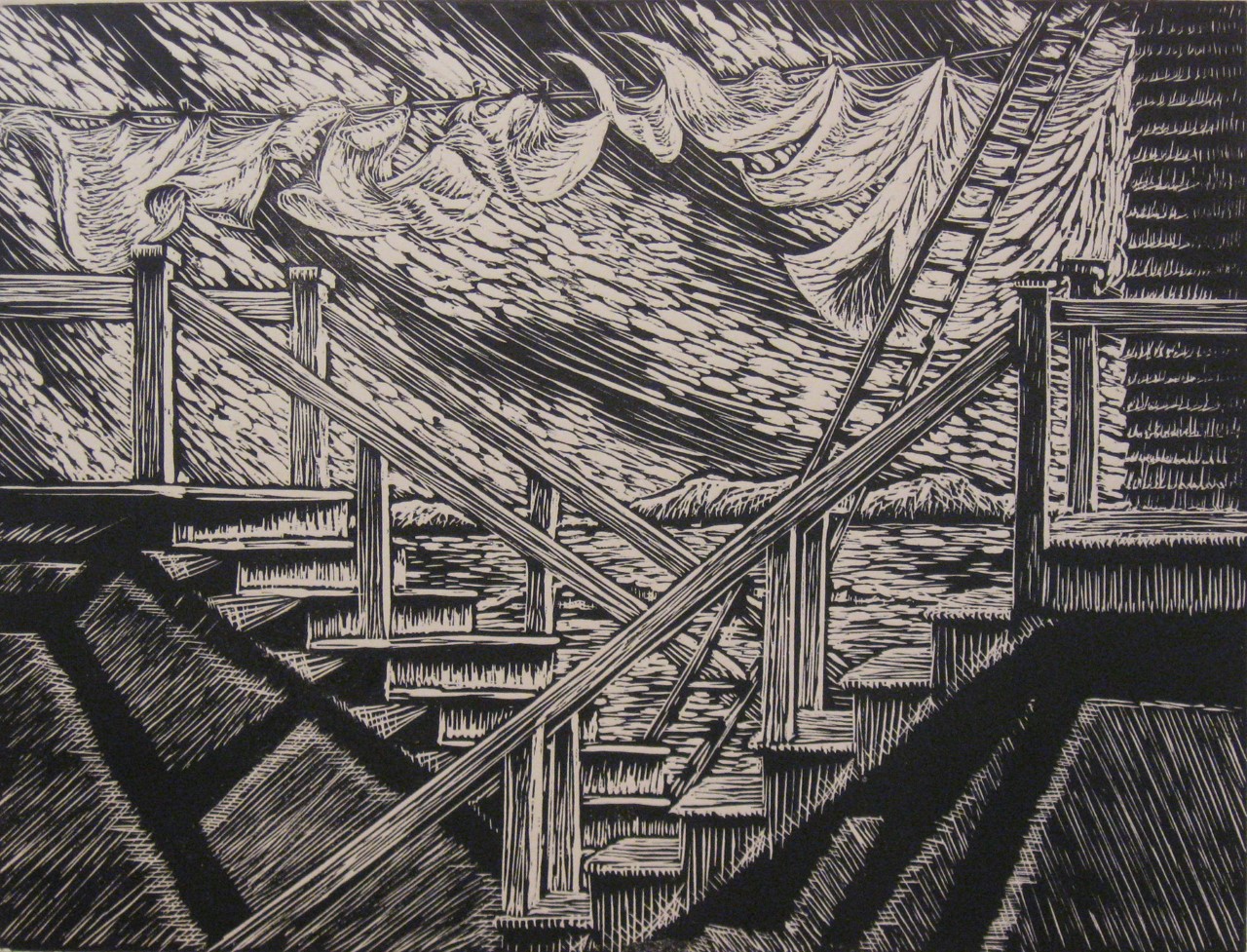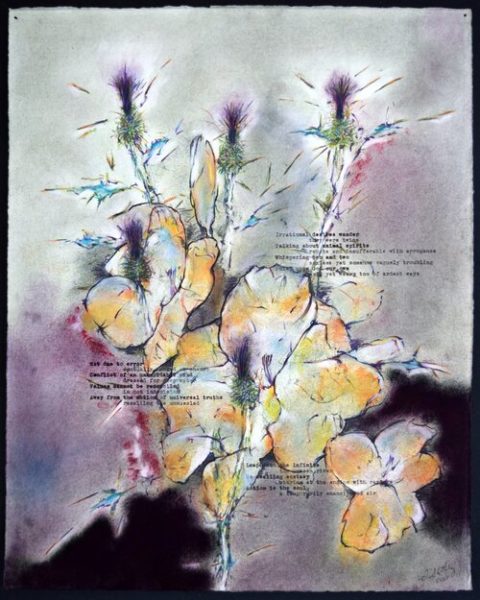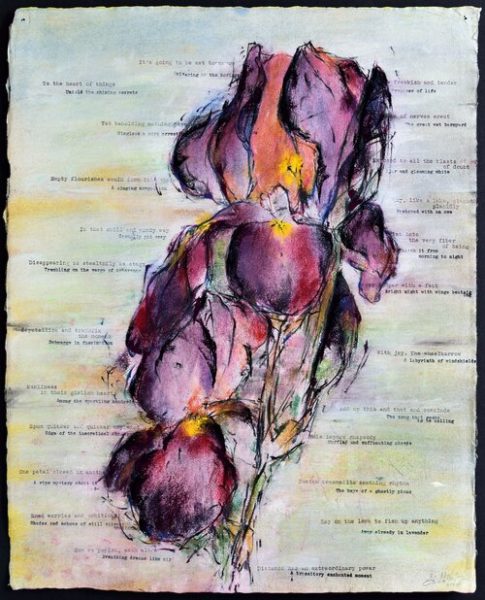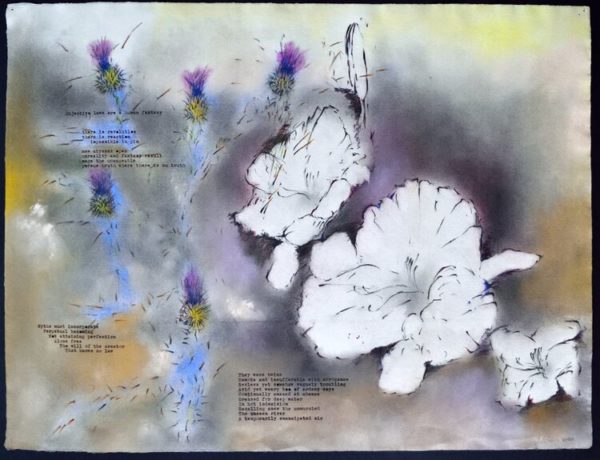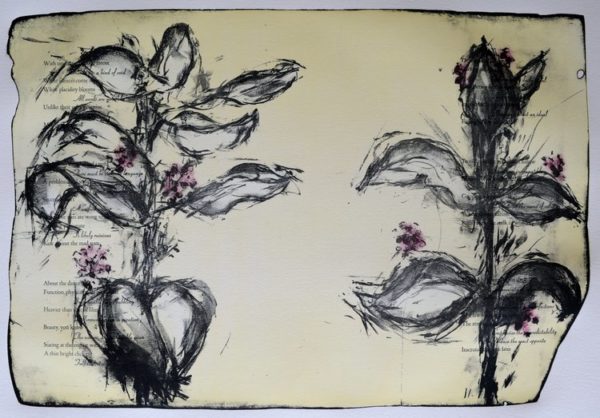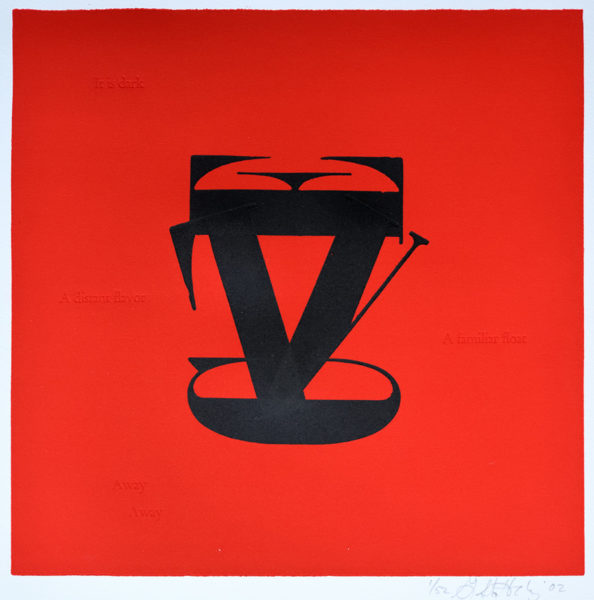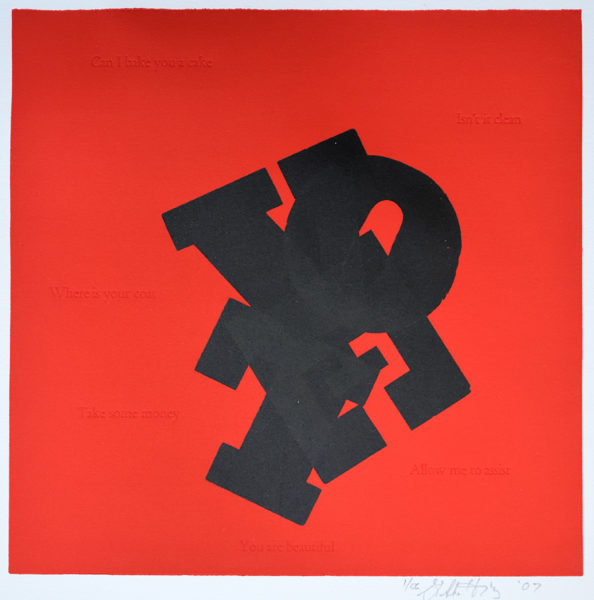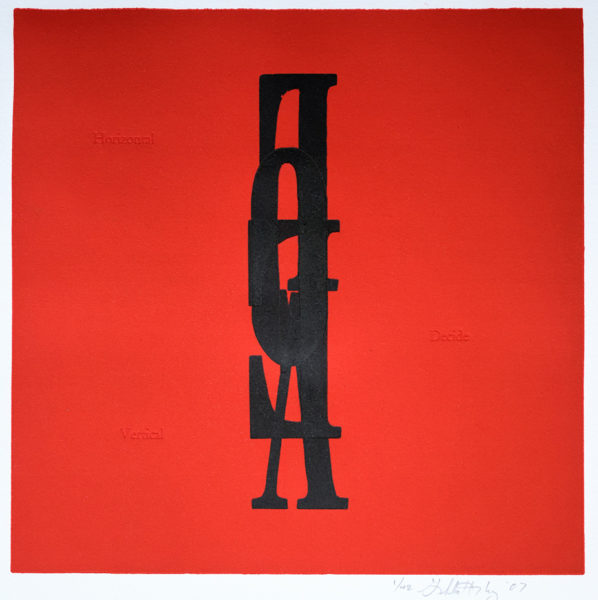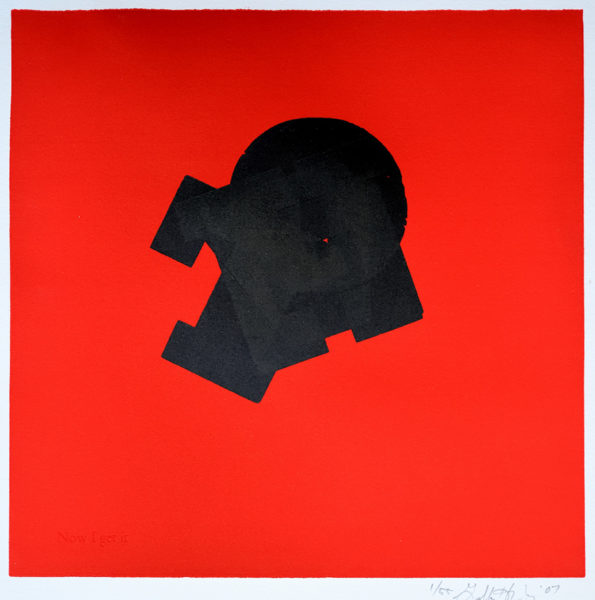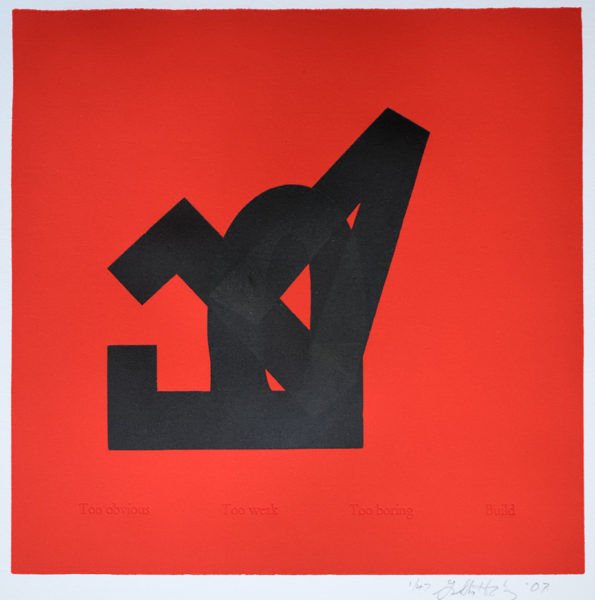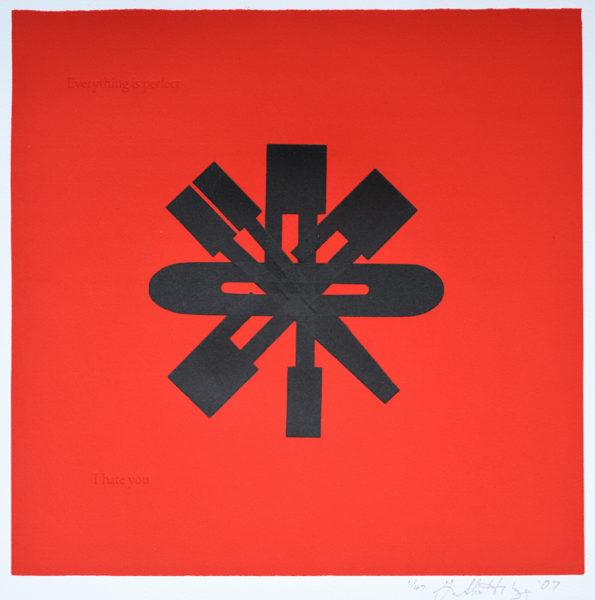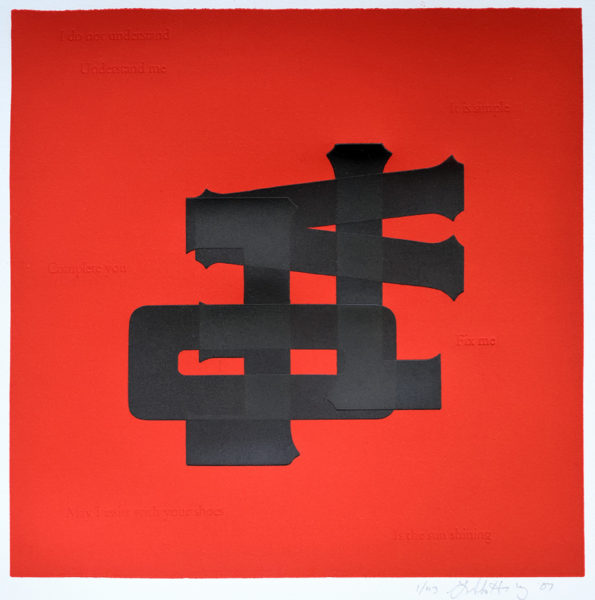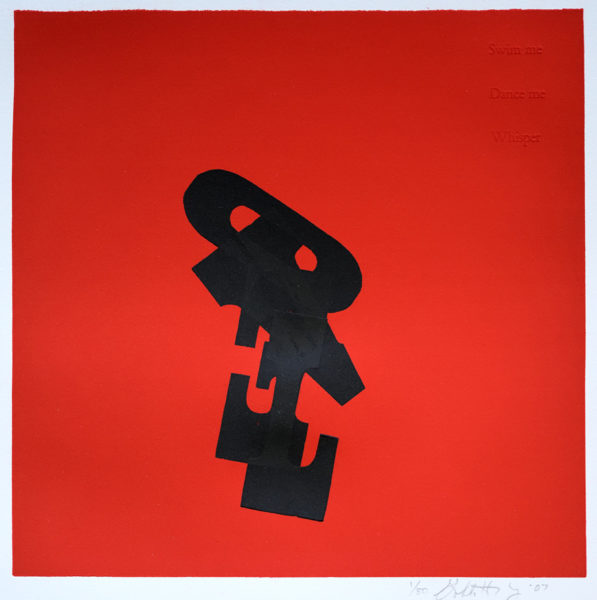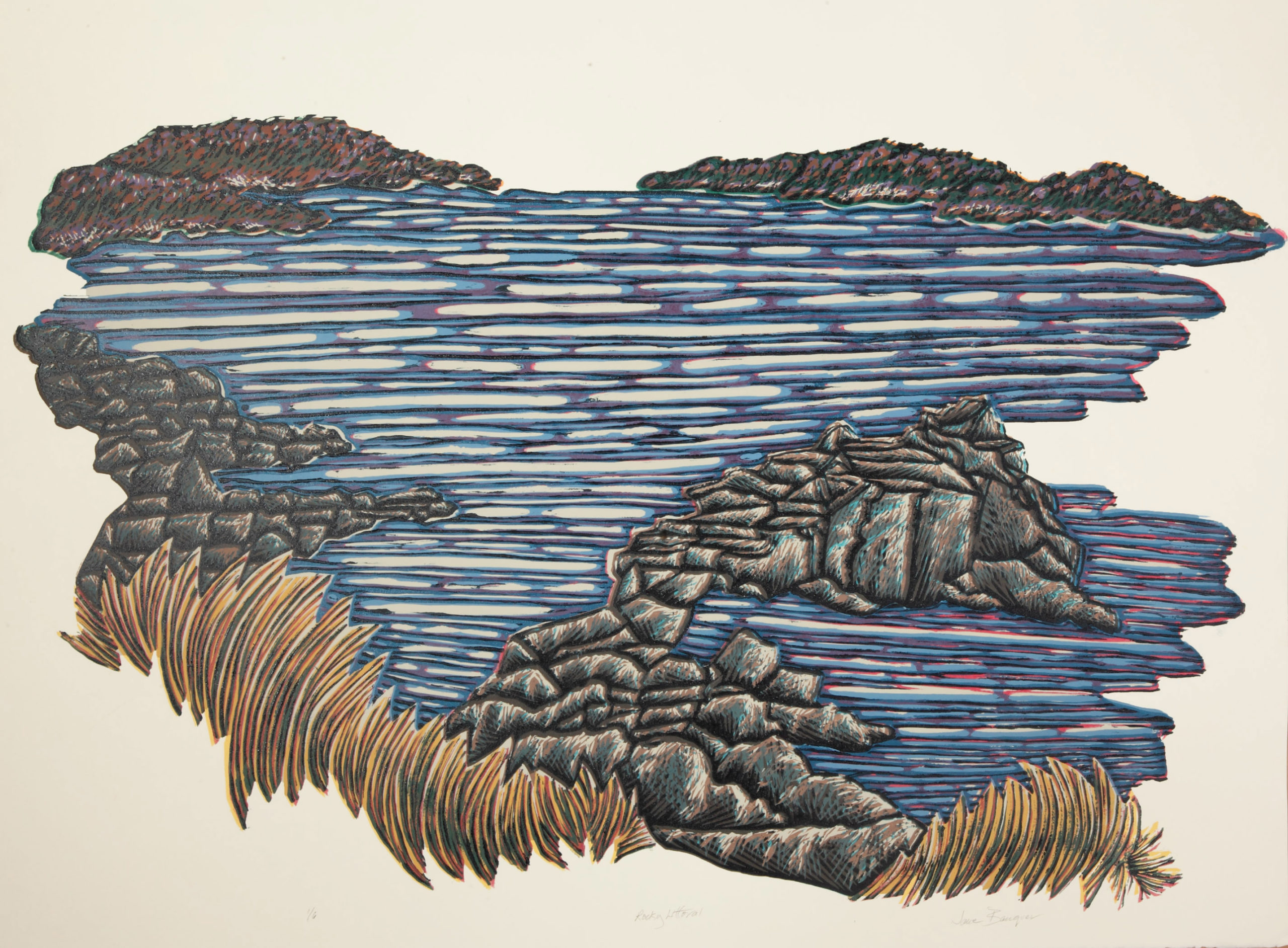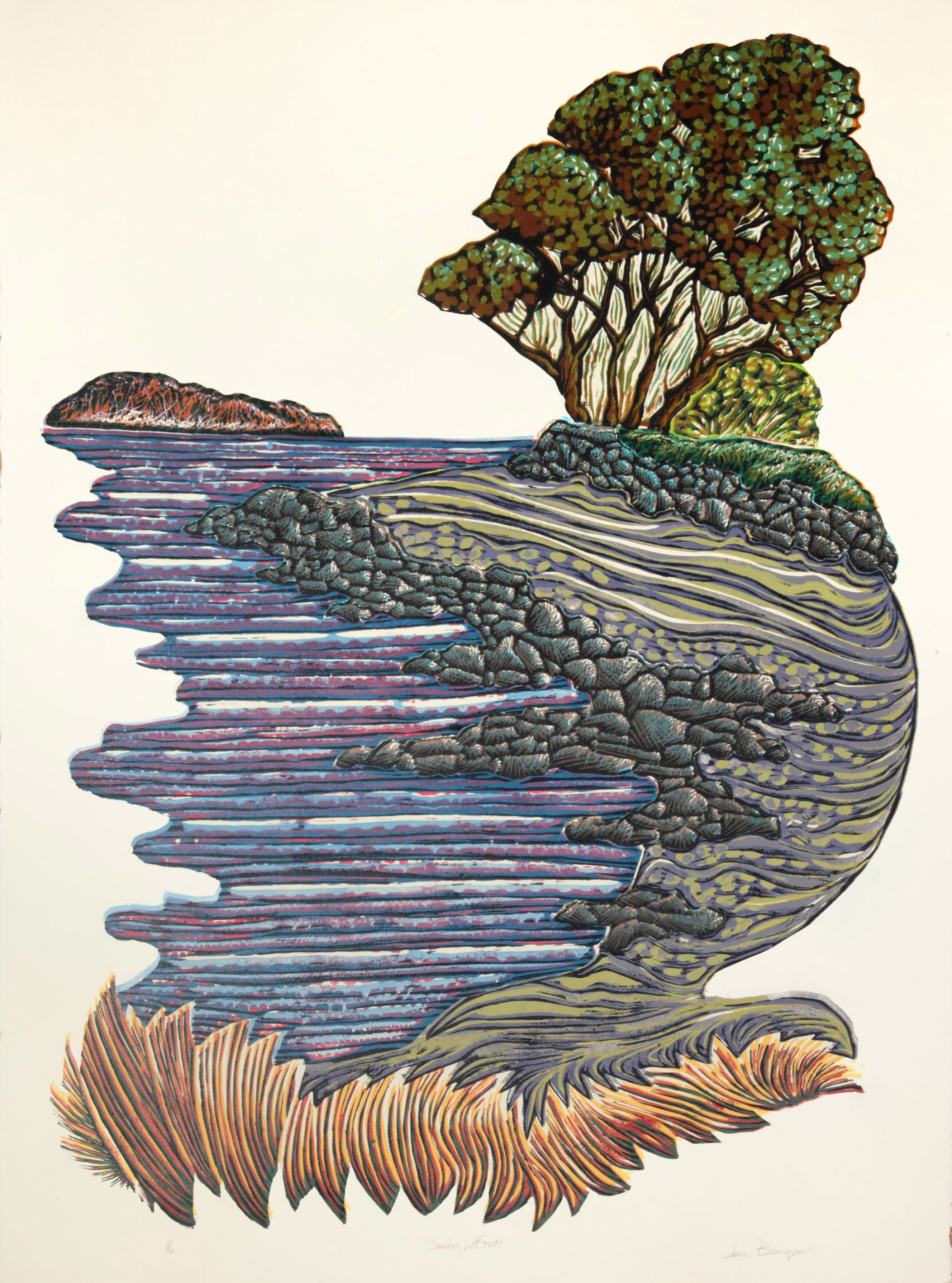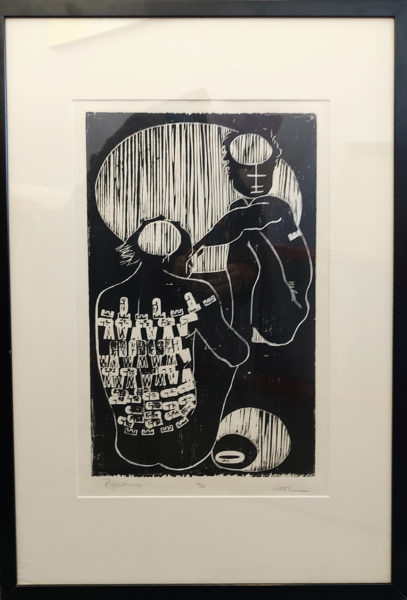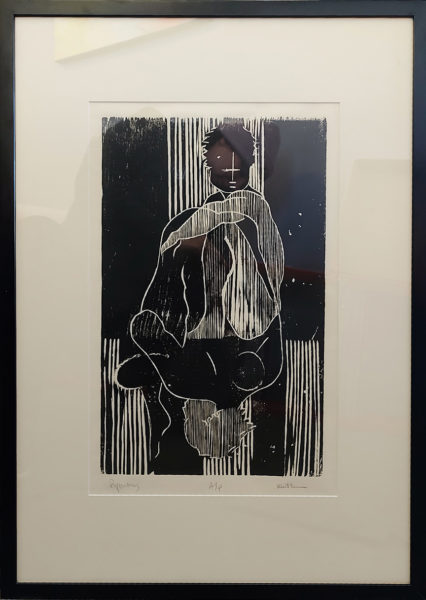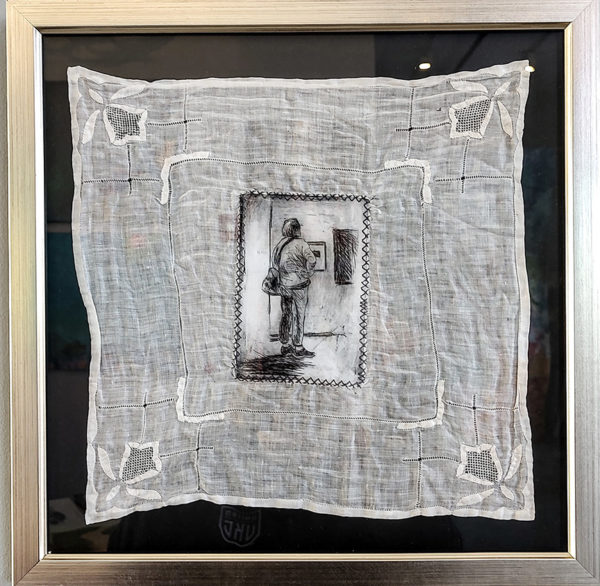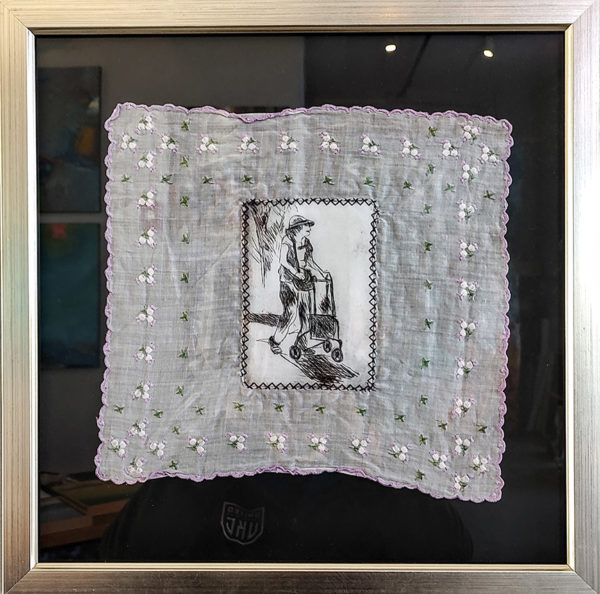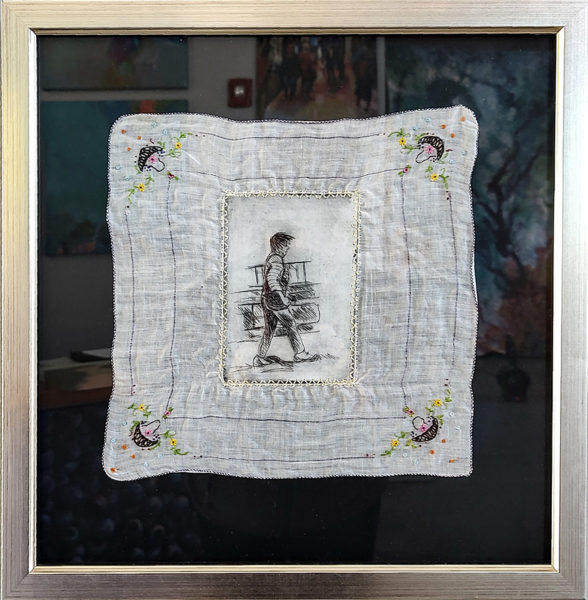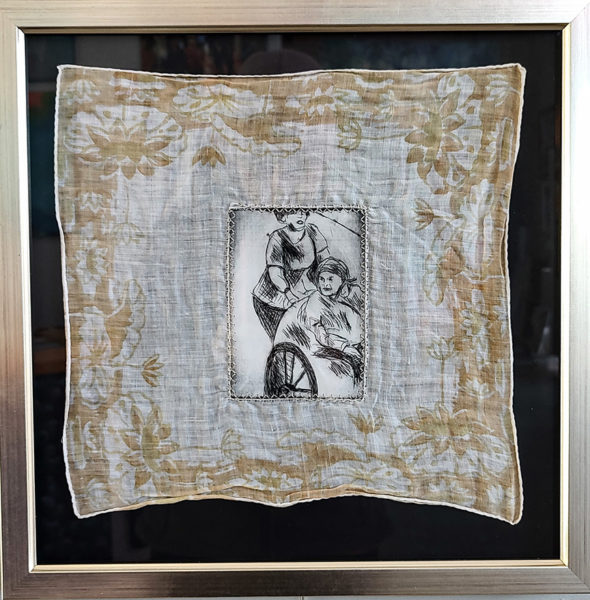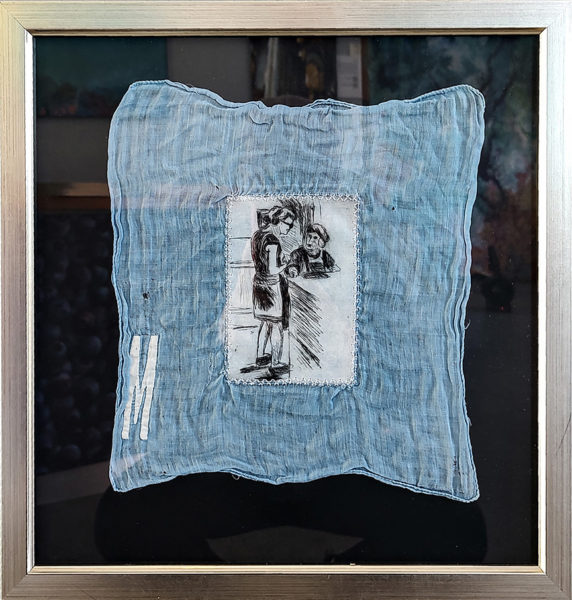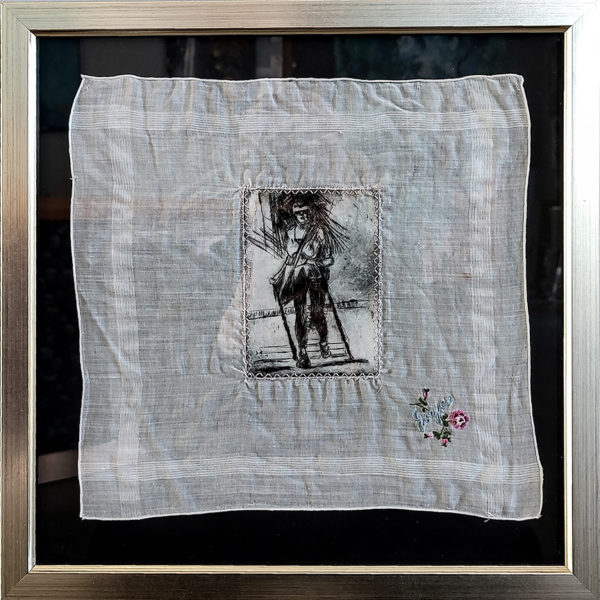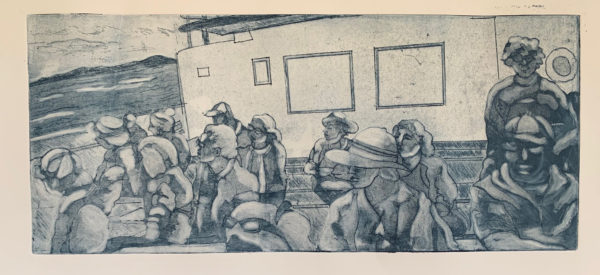Fine Print
Casco Bay Artisans presents Fine Print, an exhibition celebrating the multiple forms of printmaking by gallery artists. Fine Print intermingles the inconspicuous details and ethereal qualities that transform an object into art using etching, woodcut, stonecut, linocut, silkscreen, reduction, embossing, and solar printing. An interactive display invites collectors to get to know the tools of the trade with their own hands. Making marks on surfaces is inherent for communication. These works exemplify this universal experience to reveal the complexity of the human condition. This exhibition welcomes artists Greg Shattenberg and Ivonne Portillo to the CBA gallery.
Jane Banquer
JANE BANQUER studied at the DeCordova Museum, the Boston Museum School and at Smith College with Leonard Baskin and Amy Namowitz Worthen. She was a state juried member of the League of New Hampshire Craftsmen, where she served to set fine art print and photography standards and to review the work of new artist applicants for exhibition and sales throughout the state. She is represented by Addison Woolley Gallery in Portland, Maine and formerly by Wenniger Graphics, Newbury Street, Boston, among other regional galleries. She has worked as a master printer, illustrator, graphic designer, arts educator and program manager in the visual and performing arts.
Available Work
Greg Shattenberg
“Greg Shattenberg employs a variety of media to create artworks that explore the use of language as an element of image making. He is an accomplished printmaker who, over the years, has experimented with a wide variety of printing methods from woodcut, etching and lithography, to photographic processes such as collotype and color copy transfer…
As a young artist studying painting and drawing, Shattenberg experienced frustration when he was unable to successfully achieve the original ideas for his works and he felt constrained or limited by the conventional processes of image making. In response to this dissatisfaction and his perceived failure in resolving imagery, Shattenberg introduced writing into his drawings. He recalls, “It was unsettling to look at the piece and realize the writing was more interesting than the drawing.”
In the process he has subsequently developed, Shattenberg introduces text improvisationally after completing an image, building upon and adding to the context of the artwork. Through the careful selection of language, form, and typeface, he explores the use of printed words and phrases as aesthetic elements as much as for their emotional or narrative contributions to his imagery. The artist readily admits that combining language with imagery presents a different set of constraints. Language is inherently cerebral and its presence in Shattenberg’s images creates a tension with the visual sensuality of his drawings and prints. Shattenberg concedes “images with language are an impossible fit. They do not naturally go together and do not function singularly.” He is also cautious of the risk in printing text on top of artworks since the wrong solution can ruin a carefully worked image. For Shattenberg, however, the practice of layering text on top of imagery is a dynamic and revitalizing process, in which opportunities far outweigh the risks.” – Exhibition Text from Bates Museum
Signs of Attraction
Gail Waitkun
Gail Waitkun, a TBI Thriver, lives in Portland, Maine.Gail brings together more than twenty years of teaching experience infused with her former athleticism, and personal recovery experiences with brain injury. She is an Author, Artist, Educator, Life Strategist and TBI Expert. Her articles have been featured in the California Business Journal. She has recently published her third book.
Available Work
Joyce Ellen Weinstein
The works of Joyce Ellen Weinstein are concerned with the understanding of human relationships, beginning with ourselves and extending outward to include family, community, ethnicity, and nationality. Although at first glance the works of Joyce Ellen Weinstein appear disparate, after closer examination one can find her inspiration in the personal and emotional, as well as the interaction developed through self, family, and community – all of which are parts making up the whole of her unified body of work. Her works do not sentimentalize, but speak of the human measure and human condition. The works of Joyce Ellen Weinstein ask the universal question: “who am I and where am I going?”
Available Work
Aging and Resilience: Women of a Certain Age
by Joyce Ellen Weinstein
A lot has happened since my article “Aging and Mortality” was first published in 2020 in The Journal of the Print World. To quickly recap; the work, 3.5” x 5” dry point on plexiglass etchings, was inspired by an accident I had when I hurt my leg at the age of 79, and had to walk assisted by a cane. Never having had any disability shocked me into an awareness and empathy of others with physical challenges.
I really began to observe other older women who had mobility issues. Because I am a figurative artist and dedicated people watcher whose work is about life around me, I was totally moved and inspired and used this experience to create a new body of work about this life’s challenges. I took many iPhone photos, always keeping a respectful distance as I hobbled around the city and used my photos as reference.
Since the publication of my original article, some prints have been sold. I enjoyed an artist’s residency at Blue Mountain Center NY. I have two exhibitions planned, relocated from NYC to Westbrook, Maine, have been invited to write this recap of my original article, and have won a Maine Arts Commission grant to develop further this project. Receiving this grant was as much of a surprise to me as my leaving New York to run away from Covid. Never did I imagine leaving “the city.” But life has it’s surprises and now I can’t imagine living anywhere else but Maine … an amazingly artist -friendly place.
In ruminating over the experience and project, I have decided to alter the focus of my Ladies of a Certain Age. Originally they were to be printed in a set of four prints per image, each image gradually fading out into oblivion and/or becoming invisible as many old people are viewed, most especially women. But now I see these women in a completely different light; as resilient, enduring women who are tough and strong, who persist regardless of life’s challenges. I have learned to be resilient like my plexiglass dry-point ladies.
Because my women of a certain age are not to be dismissed, are not run of the mill, my presentation should take an unorthodox, a more experimental approach . Using the collection of antique handkerchiefs from my mother, (who died at the age of 99 about 15 years ago) and from my childhood, (when girls in elementary school in Brooklyn, where I grew up, had to bring a cloth handkerchief to school every day), I am dry mounting the images directly on hankies and embroidering a cross stitch around the image, suggesting a decorative frame like design. This refers to a by gone era … an era that these ladies may represent.
My first thought was to show them by individually hanging the hankies on a clothesline using miniature clothespins. But as I pictured this, I realized it was too cutesy and didn’t represent the dignity these women deserved. They need proper framing. Fortunately, I have a wonderful creative framer, and we are working together to create a presentation of the mounted hankies that are worthy of the ladies.
One of my favorite things to do is rummage through the old frames at Goodwill. I have discovered some amazing treasures that are perfect for framing the images that are not dry mounted on the hankies. I have found faux ornate silver, real pewter and metal frames that have decorative elements that also suggest timelessness. These frames can be either wall mounted or used on tabletops. One of these frames actually has a lace inset instead of mat board for mounting the image.
As I work through this project I also begin to see that some of the images tell me they want to be enlarged. I have completed two dry point on plexiglass images, one 10” x 8” and another 14”x 11” for example. I don’t think I am finished enlarging some and am not up to how to frame
them yet. Time will tell.
I am so loving how and where this project is taking me. It feels strong, enduring and forever evolving…just like my ladies.
Glossary of Terms
Sourced through Wikipedia
Screen printing is a printing technique where a mesh is used to transfer ink (or dye) onto a substrate, except in areas made impermeable to the ink by a blocking stencil. A blade or squeegee is moved across the screen to fill the open mesh apertures with ink, and a reverse stroke then causes the screen to touch the substrate momentarily along a line of contact. This causes the ink to wet the substrate and be pulled out of the mesh apertures as the screen springs back after the blade has passed. One color is printed at a time, so several screens can be used to produce a multi-coloured image or design.
Etching is traditionally the process of using strong acid or mordant to cut into the unprotected parts of a metal surface to create a design in intaglio (incised) in the metal.[1] In modern manufacturing, other chemicals may be used on other types of material. As a method of printmaking, it is, along with engraving, the most important technique for old master prints, and remains in wide use today. In a number of modern variants such as microfabrication etching and photochemical milling it is a crucial technique in much modern technology, including circuit boards.
Aquatint is an intaglio printmaking technique, a variant of etching that produces areas of tone rather than lines. For this reason it has mostly been used in conjunction with etching, to give both lines and shaded tone.[1] It has also been used historically to print in color, both by printing with multiple plates in different colors, and by making monochrome prints that were then hand-coloured with watercolor.
Linocut, also known as lino print, lino printing or linoleum art, is a printmaking technique, a variant of woodcut in which a sheet of linoleum (sometimes mounted on a wooden block) is used for a relief surface. A design is cut into the linoleum surface with a sharp knife, V-shaped chisel or gouge, with the raised (uncarved) areas representing a reversal (mirror image) of the parts to show printed. The linoleum sheet is inked with a roller (called a brayer), and then impressed onto paper or fabric. The actual printing can be done by hand or with a printing press.
Woodblock printing or block printing is a technique for printing text, images or patterns used widely throughout East Asia and originating in China in antiquity as a method of printing on textiles and later paper. Each page or image is created by carving a wooden block to leave only some areas and lines at the original level; it is these that are inked and show in the print, in a relief printing process. Carving the blocks is skilled and laborious work, but a large number of impressions can then be printed.
Embossing and debossing are the processes of creating either raised or recessed relief images and designs in paper and other materials. An embossed pattern is raised against the background, while a debossed pattern is sunken into the surface of the material but might protrude somewhat on the reverse side.
Often used in combination with foil stamping, embossing alters the surface of paper stock or other substrates by providing a three-dimensional or raised effect on selected areas. The procedure requires the use of two dies: one that is raised and one that is recessed. The dies fit into each other so that when the paper is pressed between them, the raised die forces the stock into the recessed die and creates the embossed impression. A specific level of pressure is applied to the dies in order to squeeze the fibers of the paper, which results in a permanently raised area in the paper. When the dies are produced, a die maker engraves the desired image into several metal plates, which are the embossing dies for use on an embossing press. A thorough understanding of the process will enable a more successful result. Generally, embossing is the process most often employed to attract attention or convey a high quality textural contrast in relation to the surrounding area of the paper stock.


